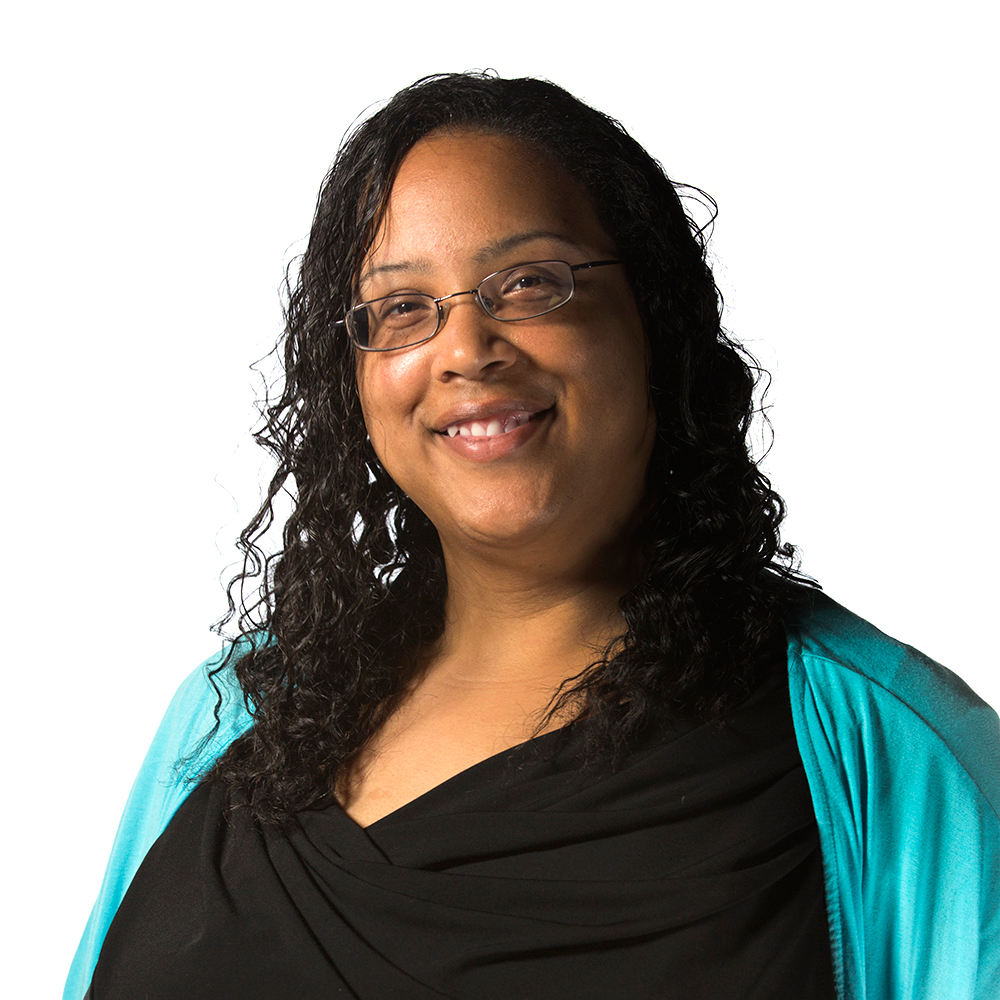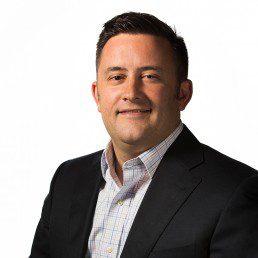You have /5 articles left.
Sign up for a free account or log in.
Five years ago, a community of faculty and staff innovators at the Center for Academic Innovation at the University of Michigan established a new model for social learning. The result is a newly created space for diverse and multi-generational participants to learn with and from each other about some of the most important social challenges of our time. As we mark the occasion of Teach-Outs turning five years old, here are five things you should know about a model that lives at the intersection of online learning design and public engagement.
learn with and from each other about some of the most important social challenges of our time. As we mark the occasion of Teach-Outs turning five years old, here are five things you should know about a model that lives at the intersection of online learning design and public engagement.
1. The Origin
“They say we’re neglecting our responsibilities as teachers. Let’s show them how responsible we feel.” —Marshall Sahlins, creator of the Teach-In
The Teach-Out is based on a protest movement. This learning model is the descendant of the Teach-In, which was born on March 24, 1965, in Ann Arbor. In response to President Lyndon Johnson’s escalation of U.S. involvement in Vietnam, faculty were set to strike. The world was messy. Faculty, students, and members of the community surrounding the University of Michigan wanted answers.
Rather than strike, they saw power in their collective knowledge. Faculty and students staged a Teach-In that began at 8 p.m. on the 24th and lasted until 8am the next morning. More than 3,500 faculty, students, and community members participated. They activated public concern and elevated public discourse. Participants wanted to understand a complex problem and knew that inviting and empowering diverse perspectives were essential to that objective. Before 1965 came to a close, the original Teach-In event sparked a series of similar events on more than 35 campuses across the country. Campus communities well beyond Ann Arbor saw power in collective knowledge and sought perspectives and solutions to the problems of the day.
came to a close, the original Teach-In event sparked a series of similar events on more than 35 campuses across the country. Campus communities well beyond Ann Arbor saw power in collective knowledge and sought perspectives and solutions to the problems of the day.
Several decades later, in 2017, faculty innovators and staff from the Center for Academic Innovation saw an opportunity to celebrate our past, question the present, and prepare for the future. Honoring the Teach-In movement and leveraging the technology and innovative pedagogy of today, we created the Teach-Out model. We saw an opportunity to combat digital polarization and evidence of declining public discourse. We also saw an opportunity to move beyond recent successful efforts that scaled content to focus on scaling inclusive communities for learning and action.
2. The Difference
“Maybe for busier people the Teach-Outs are better. I felt like I didn’t really invest a terrible amount of time, but I found what I got out of it to be very good.” —Teach-Out learner
MOOCs and other kinds of online courses tend to focus on content delivery and skill acquisition. In contrast, Teach-Outs prioritize multi-directional discourse, self-reflection, and calls to action or behavior change around a topic of current social relevance and import. A core principle of this model is interdisciplinarity. As part of its service to the public, Teach-Outs seek to explore issues from multiple perspectives and fields of study and practice. By providing these different lenses on topics like digital privacy, misinformation, cryptocurrency, climate change, vaccines, police brutality, and the invasion of Ukraine, Teach-Outs create a clear and essential foundation of knowledge on an issue, which participants further build upon by sharing their own lived and professional experiences in these exploratory and constructivist environments. These conversations culminate in encouragement of personal reflection and consideration of how learning can translate into direct action, such as changing personal behaviors or impacting their local or regional communities.
For learners, the advantages of the model described above are enhanced by an additional differentiating factor: time. Teach-Outs allow learners to get a fundamental understanding of an issue of high personal relevance in three or four hours rather than three or four weeks. Many of our learners have reported that while they typically do not finish MOOCs they enroll in, they do complete the Teach-Outs and feel satisfied with what they came away with in such a short time. They define their experience in terms of gaining a greater understanding of a timely topic and by engagement in a social learning community. Experts who have adopted the Teach-Out model speak to multi-directional learning and marvel at the opportunity to effectively translate research into practice and the virtual public square.
3. The Participants
Learners see that people from all over the world have similar questions about current events or personal struggles and feel more connected to the global community.
One common criticism of MOOCs and other online courses is around who they reach—or rather, who they don’t reach. MOOCs tend to attract learners between 25 and 50 years old who already have degrees and are interested in changing or moving up in their career. In addition, the audiences on many MOOC platforms tend to skew male. Even courses intended for broader, more diverse audiences may run into challenges with learners who are just not interested in a “course” because of the associated cognitive baggage that such experiences may present—assignments, exams, and a larger time commitment, in particular.
The Teach-Out audience is truly global, representing as many as 173 countries. It's almost 50 percent female and more multigenerational, with an extended learner age range inclusive of more retirement-age individuals. In many of our Teach-Outs, the percentage of total learners in a Teach-Out that are over 65 is more than 10 times the average MOOC. What these learners have in common is an interest in better understanding the world around them in a way that feels substantial within their limited investment of time. They are also drawn to the variety of experts Teach-Outs feature who represent diverse identities and both academic and non-academic perspectives. Over a third of University of Michigan Teach-Out contributors are unaffiliated with U-M and the vast majority of those are community members or from non-academic organizations. This chorus of diverse voices with many kinds of lived and professional expertise is what makes the Teach-Out experience so vibrant.
4. The Impact
We observe impact through the power of networked innovation, an inspiring level of engagement, and opportunities to rebuild trust in institutions.
In the late 1960s, many institutions adopted and improved upon the Teach-In. History repeated itself over the last five years as additional institutions adopted the Teach-Out model, producing their own Teach-Outs, and evolving this new model for teaching and engagement. The University of Notre Dame, Emory University, Davidson College, University of Leiden, Johns Hopkins University, and Northwestern University have created at least 12 Teach-Outs or similar online learning events between them to date.
These institutions and others participated in cross-institutional activities like the Center for Academic Innovation’s Teach-Out Academy and the Teach-Outs at Scale group and the result is networked innovation where each institution is charting an important path toward supporting a more informed society. As a result, more than 200,000 participants have engaged in more than 50 Teach-Outs featuring more than 500 faculty and practitioner experts. We continue to scale and expand the network of people and organizations that are interested in learning more about the Teach-Out model and are interested in operationalizing it within their own organization.
5. The Opportunity
“Teach-Outs serve an important function of helping people have balanced information so they can form their own opinion about issues in the news.” —Barbara McQuade, professor of practice with Michigan Law
In an era often characterized by mistrust and declining faith in institutions, we see in Teach-Outs an opportunity to earn and reestablish trust with our surrounding communities. Teach-Outs give learners access to important information from a reputable source. Participants have shared how challenging it can be to remain up-to-date on world events without having to worry about misinformation and fake news. The affiliation with the University of Michigan and other similarly motivated institutions, as well as the caliber of the experts that led Teach-Outs, give learners confidence in the information that they are receiving.
As a current example, at the beginning of March 2022, Michigan launched the Russian Invasion of Ukraine Teach-Out to help understand the escalating situation and counteract misinformation by translating research through dialogue. At this moment, more than 5,000 participants from around the world are learning about the origins of the war in Ukraine together, an international and intergenerational community bound together by a shared interest in understanding and solving complex societal challenges.
Re-establishing this bond with academic institutions presents an opportunity to engage in further innovations in open and online learning and public engagement.
Looking Ahead
As we approached this milestone we’ve reflected on successes, impact, and lessons learned over the last five years. Now we turn our eyes to the future.
Five years from now, we hope to see spaces of informed, inclusive public discourse become the norm, driven by new ideas, new voices, new models, and new technologies, connected by a shared interest in expanding our collective understanding of the world.
We are excited to invite more institutions and organizations to adopt and shape the Teach-Out model and support social and engaged learning and a more informed society. We also look forward to seeing other new models, new paradigms, and new ways of engaging emerge and inspire. At the Center for Academic Innovation we believe deeply in the power of networked innovation across institutions to create and promote change. It is our responsibility as educators. Let’s show them how responsible we feel.
James DeVaney (@DeVaneyGoBlue) is the associate vice provost for academic innovation and the founding executive director of the Center for Academic Innovation at the University of Michigan. Lauren Atkins Budde (@edusaurusrex) is the director of open learning initiatives at the Center for Academic Innovation at the University of Michigan.




